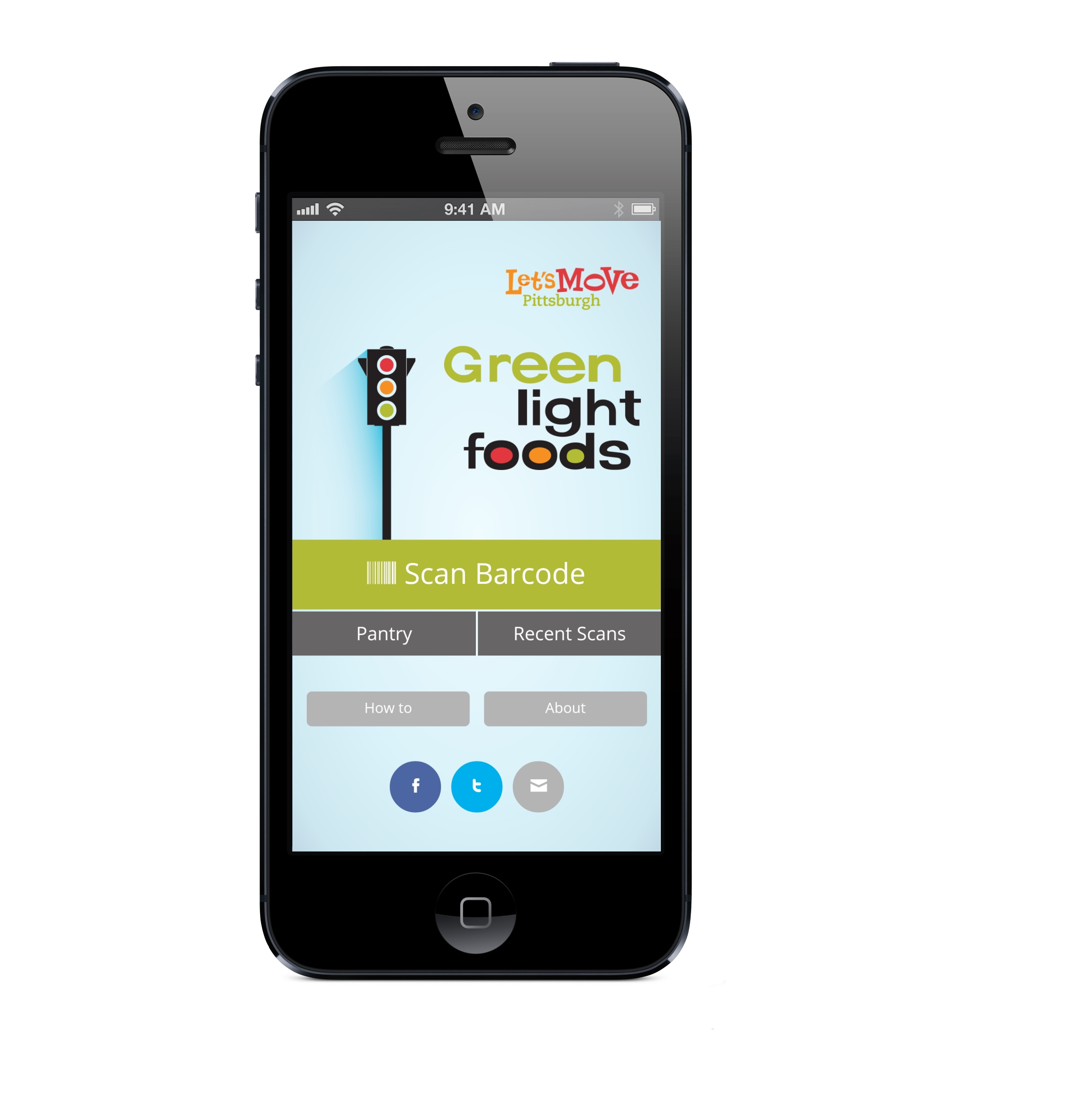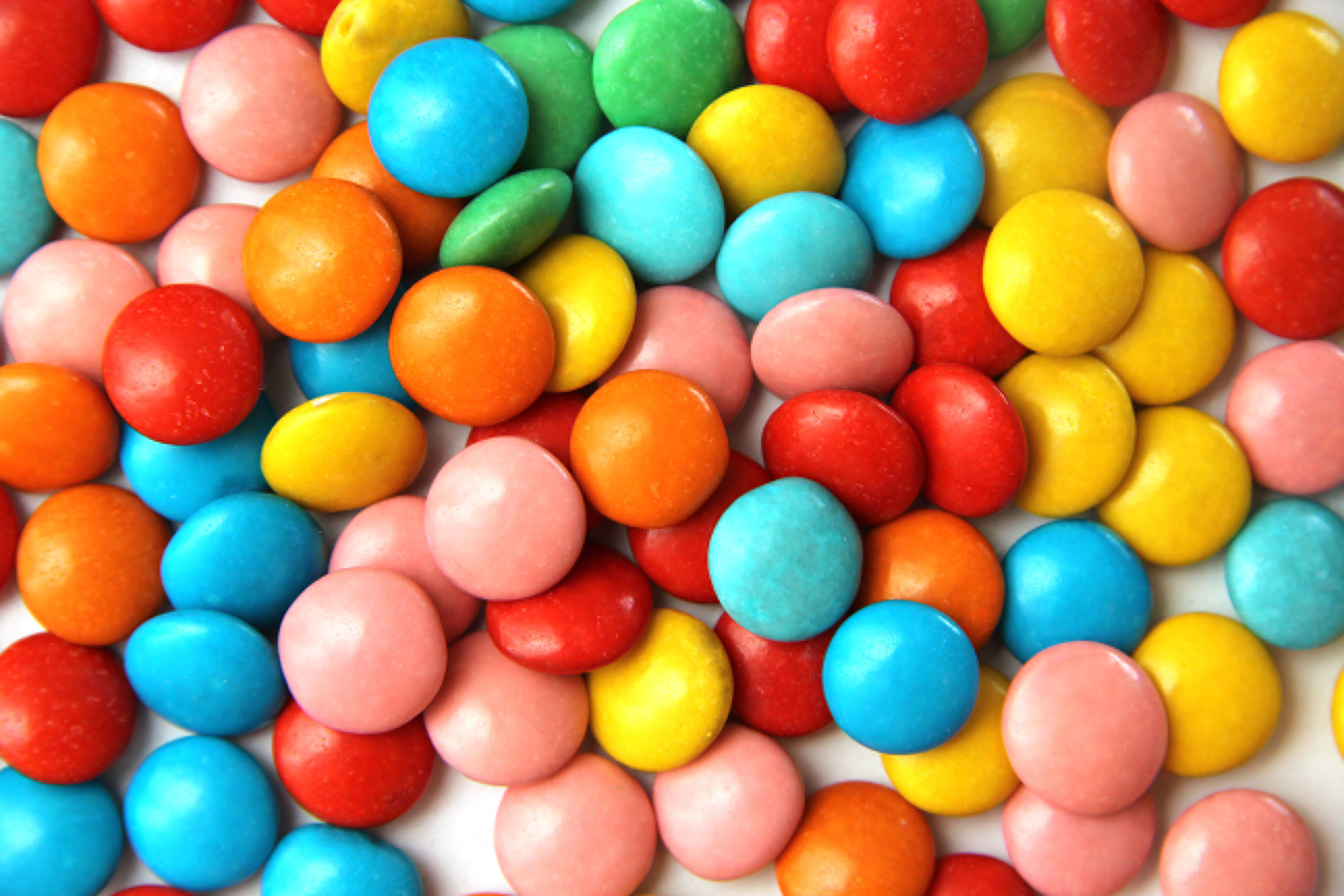Scan Your Way to a Healthier February
By Mary Kathryn Poole, MPH, program director of Let’s Move Pittsburgh
Last year, the American Heart Association (AHA) released a position statement on daily limits for added sugar intake for children. Added sugars can be found in sugary drinks, candy, cookies, cereal, and other packaged foods and drinks. The AHA recommends that children under age 2 should not consume any added sugars. Children between ages 2-18 should limit daily intake to six teaspoons (or 25 grams) of added sugar each day.1 To put this into real world terms, an average 12 oz can of soda has 40 grams of sugar. This means that by drinking one can of soda, children are already exceeding the daily limit of added sugar intake.
While this Valentine’s Day was a fun time to celebrate love and friendship, but it was also full of candy and sweet treats. To help keep your family’s sugar intake in check, try using our Green Light Foods app! Green Light Foods, developed in partnership with Carnegie Mellon University students and Wahila Creative, is a free mobile app that allows users to scan barcodes of packaged foods and beverages. The app displays the sugar, salt, and content of the scanned item using traffic light colors and smiley faces. Red means “high,” yellow means “medium,” and “green” means low in terms of the sugar, salt, and fat levels. Nutrition tips are also displayed on the screen.

We created this app to help kids and families make healthier choices at the grocery store. To show you what the app shares with you, we scanned some of the most popular candies this month to see how their nutrition content measures up:
- • Milk chocolate kisses: This product is “red” for fat, saturated fat, and sugar, and “green” for sodium.
- • Sweetheart candies: This product is “green” for fat, saturated fat, sodium, and “red” for sugar.
- • Heart-shaped chocolates: This product is “red” for fat, saturated fat, and sugar, and “green” for sodium.
- • Jelly beans: This product is “green” for fat, saturated fat, and sodium, and “red” for sugar.
While most candy will be “red” for sugar, you can use the app to compare which candy has less sugar. Plus, you also can consider the fat, saturated fat, and sodium content. We hope this tool will help your family make healthier choices this month!
Download the app on Google Play or the App Store.
Sources:
1. http://newsroom.heart.org/news/children-should-eat-less-than-25-grams-of-added-sugars-daily
This article is an effort of Let’s Move Pittsburgh’s 5-2-1-0 initiative to help Pittsburgh’s youth practice 5-2-1-0 — 5 or more servings of fruits and vegetables, 2 hours or less of recreational screen time, 1 hour or more of physical activity, and 0 sugary drinks and more water — every day!
Learn more at letsmovepittsburgh.org/5210. Let’s Move Pittsburgh, a collaborative program of Phipps Conservatory and Botanical Gardens, provides Southwestern Pennsylvania’s children and their caregivers with the knowledge, tools, and support needed to make nutritious food choices and lead active lifestyles. 5-2-1-0 is made possible with the generous support of UPMC Health Plan and Hillman Foundation. Learn more at letsmovepittsburgh.org on Facebook and Twitter.





